When looking to trim monthly expenses, the standard comparisons used in the past – skipping the daily “fancy” coffee or packing a bag lunch instead of eating out – might seem small in comparison to this staggering statistic: according to the personal finance website The Ascent, the average American spends $219 every month on paid subscription services.1
There is no doubt the world we live in has changed drastically, and in some ways requires us to spend more money on technology, communications and app access. After all, it’s only in the last couple of decades that paying for mobile phones and internet service has become the norm in how we connect with others and the world around us. But recent years have seen a significant shift to individual streaming services providing our entertainment, tech services and media engagement – and each of those services comes with a separate price tag.
We’ve probably all been guilty to some degree of failing to cancel a free trial or signing up for a service that goes mostly unused. If a subscription sweep is on your list of things to do to work toward financial fitness, consider the following strategies to help you get started.
- Arm yourself with information. Start with a full accounting of all systems, services and subscriptions. Working from your bank and credit card statements, create a basic spreadsheet that lists all the services for which you pay a fee. While a chunk of these are probably entertainment based, such as Netflix, Hulu and Audible, don’t forget about health and wellness apps; video platforms and storage services such as Dropbox, Zoom and OneDrive; individual sports streaming services; and anything else that requires a monthly fee.
Want an easy way to identify your paid subscriptions? Use My Card Manager to see all subscriptions that are paid for using your North Shore Bank Debit Card. Learn more.
- Pick off the easy ones first. Chances are, when you list out all services, the initial review will present some obvious reminders of services you know you don’t utilize, or apps you signed up for to meet a short-term need and forgot to cancel. Canceling anything that fits in that category is an easy first step.
- Realistically evaluate what remains. In what might be the hardest part of the process, go through each remaining line item and prioritize which are the most important to you. Use a star or number system – whatever makes sense to you – to help you easily see which you use most or enjoy most.
- Get flexible and creative moving forward. While you may no longer be eligible for the coveted “free trial” options, look for places to consolidate or eliminate costs. For example, if you’re paying for two cloud storage/file sharing services, choose just one to keep. You can also take advantage of the option to “pause” services – almost all entertainment streaming services would rather let you pause than see you cancel – and rotate between them in increments of a few months at a time. This keeps costs down and content options fresh.
- Commit to a strategy for future account management. Determine a plan that works for you moving forward to keep costs in check. One idea is to set a reminder in your phone for the first of each month, or the start of each new season, to do an abbreviated version of this review process so you can avoid racking up a bunch of new subscriptions and charges.
As “The Bank of You,” North Shore Bank is committed to helping our customers spend wisely and save money. To that end, the My Card Manager tool within our Mobile App and Online Banking platforms allows you to easily see a list of services you pay for with your North Shore Bank Debit Mastercard. It’s a great way to keep a closer eye on subscription costs and save money moving forward! As always, our dedicated team is here to answer any questions or provide any assistance needed.
1. The Ascent article U.S. Households Spend Over $200 on Monthly Subscriptions. How Do You Compare? by Natasha Gabrielle published June 16, 2022.
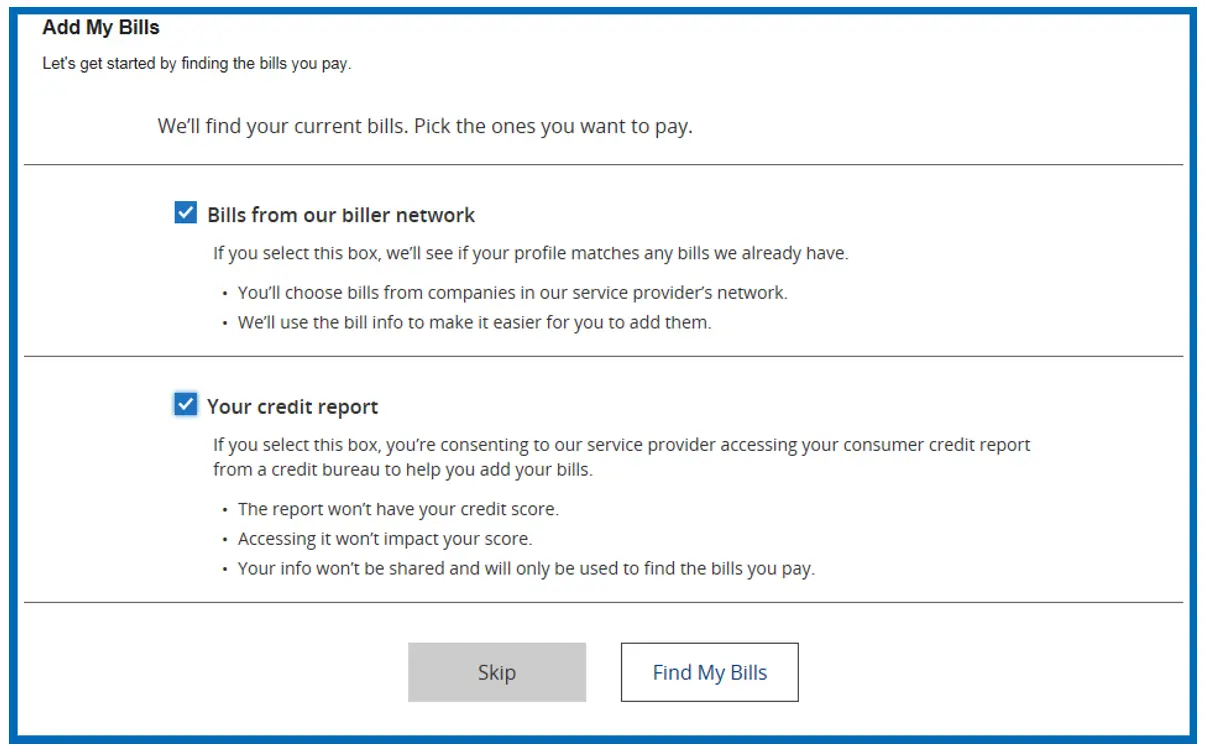
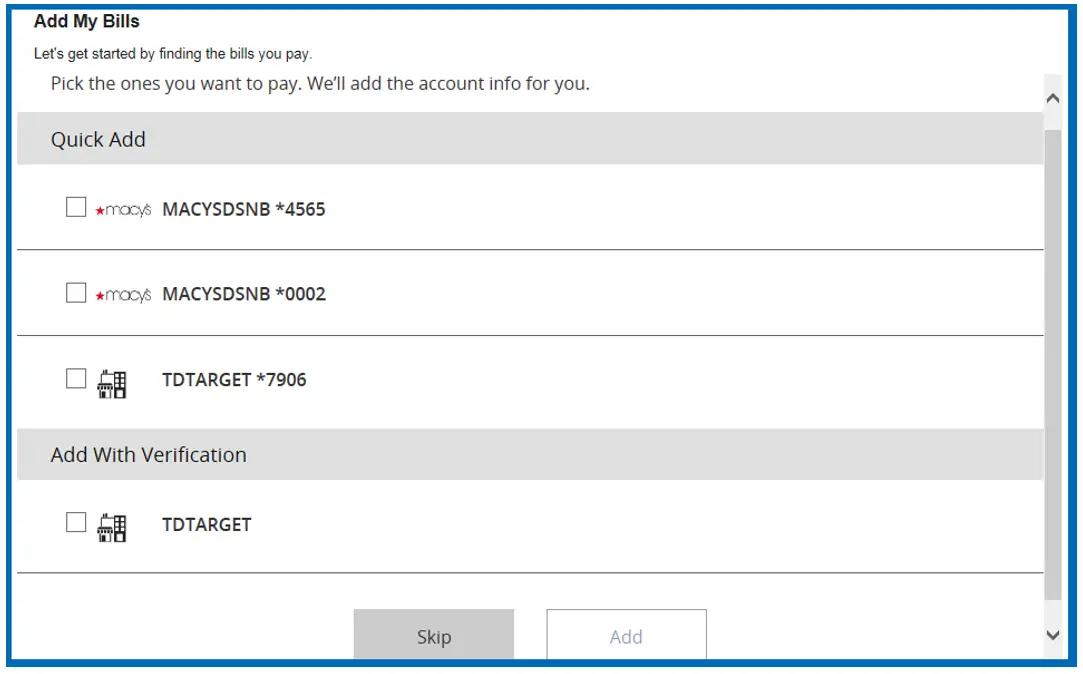
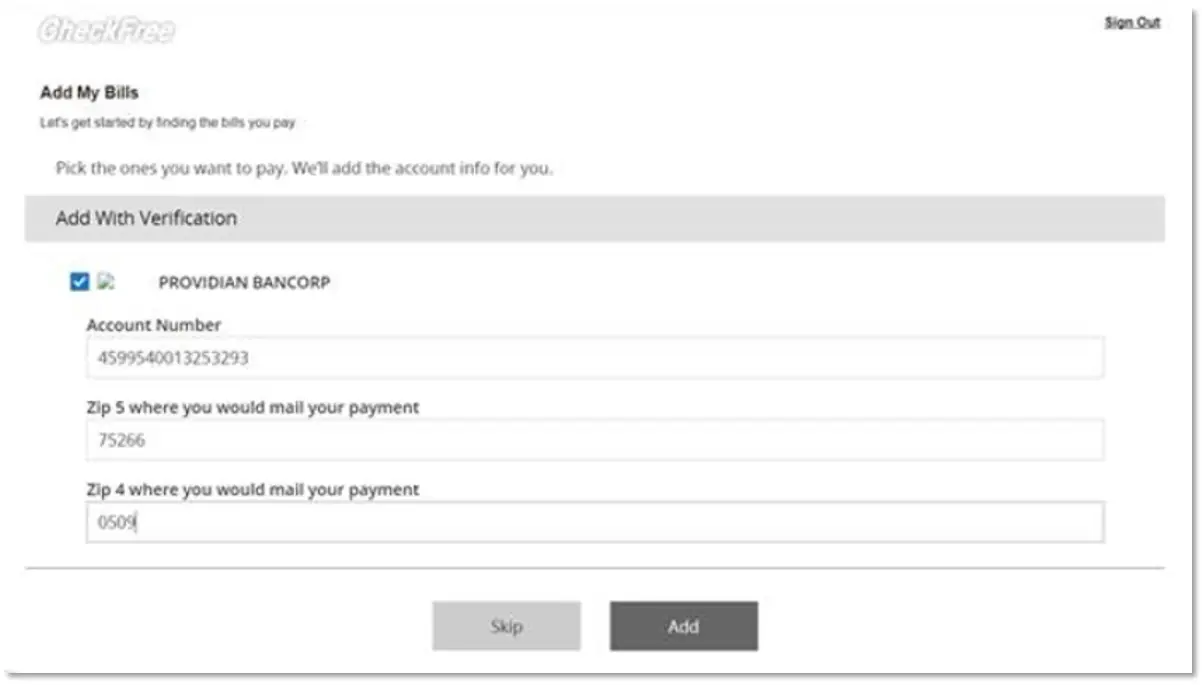
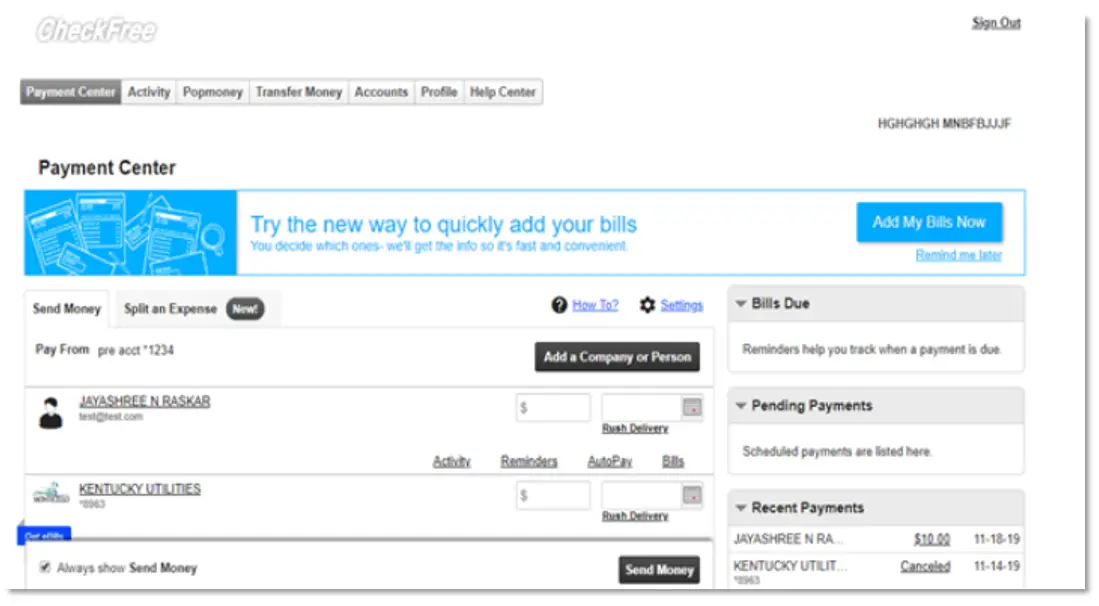
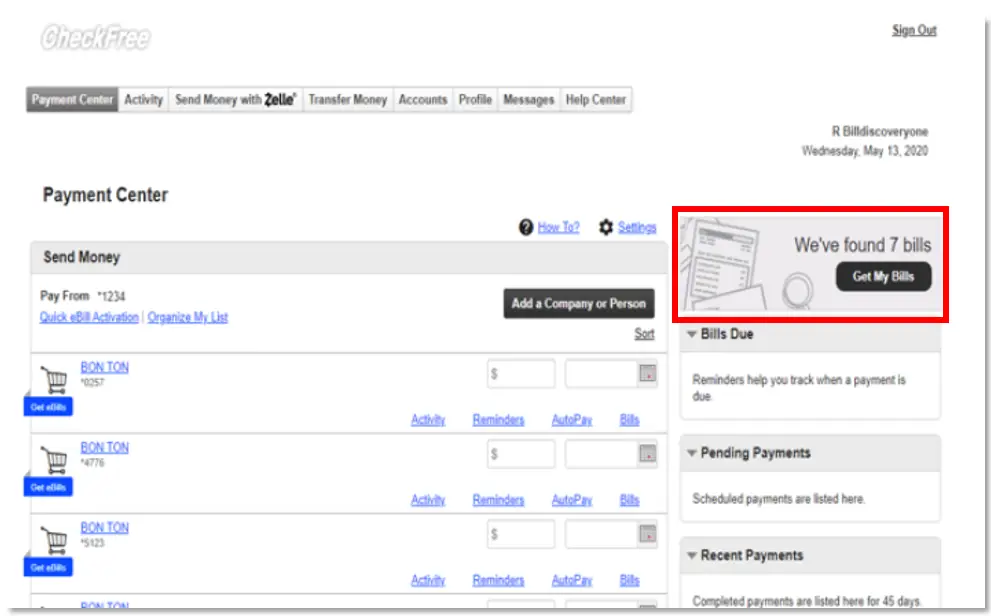
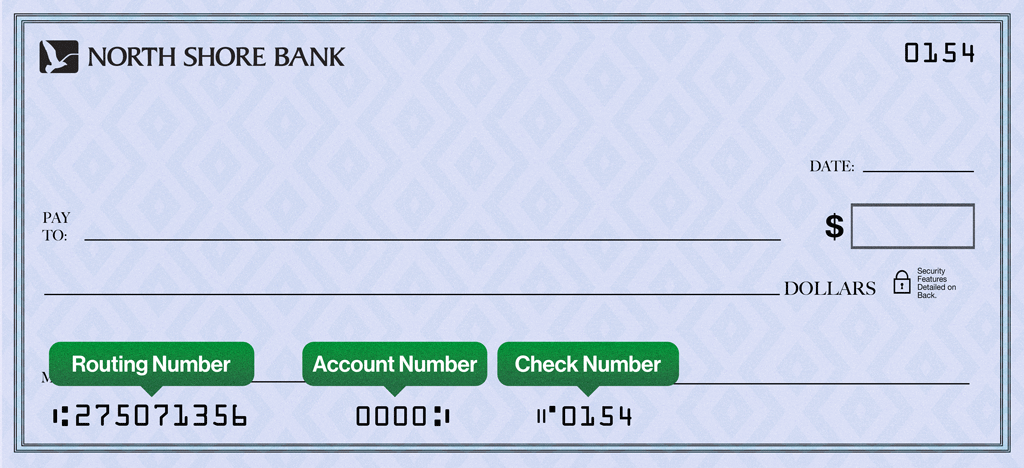 When opening an account online, your initial deposit must be done by transferring money from your current bank account or by debit or credit card.
When opening an account online, your initial deposit must be done by transferring money from your current bank account or by debit or credit card. Click on the three vertical dots alongside the blue “Pay” button
Click on the three vertical dots alongside the blue “Pay” button